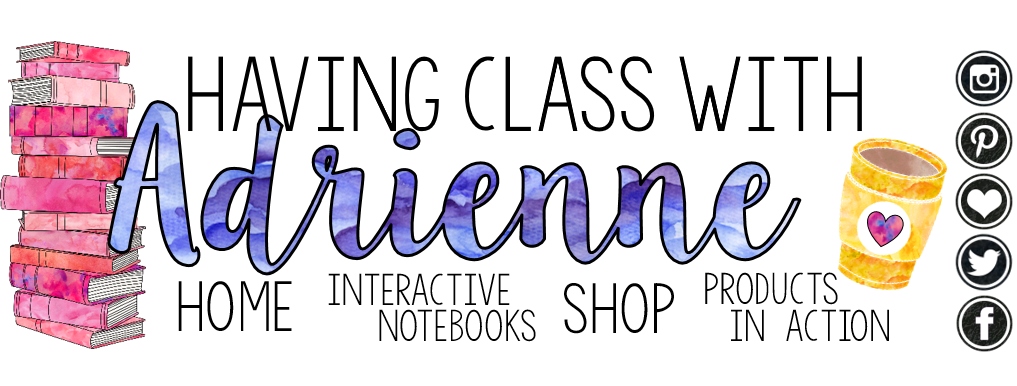I started the lesson by asking my third graders what they knew about synthesis. Some students had good guesses relating to photosynthesis, but no one knew what I was getting at. We have been talking a lot lately about “thinking about our thinking” and I told them synthesis was one way to do that. I brought in Russian nesting dolls and held the stacked dolls up. I asked if any students had ever seen them before and only a couple had. I told the students that the doll represented their thinking after they were done reading. Then, I opened up the doll and started unstacking the smaller dolls. The kids got SO excited, by the time I looked back up, they had all inched at least 2 feet closer! I held up the smallest doll and told the students that it represented their thinking at the beginning of reading a book, small. They don’t know much about the book yet and they can only connect to that little bit they know. Then I held up each doll as explained that as they read, they learn more, they can connect to more, their thinking gets bigger, and their ideas grow. They totally got this! I had them glue a title notes strip to a blank page in their reading notebook and we highlighted key words (this can be found here, if your are interested).
Next,
I told the kiddos that we were going to practice synthesis together and I pulled out The
Littlest Matryoshka by Corinne Demas Bliss. The
students really enjoyed this book. I created paper stacking dolls for students to glue into their notebook as a flipbook. We stopped after the first page, dicussed/filled
out the smallest doll, and glued it in the middle of the notebook page.Throughout the book, we stopped,
discussed, and added pages to our doll flipbook. Each time, I reminded the
students that their thinking was getting bigger, so the doll was getting
bigger.
After the book, when our flipbook was completely assembled, we wrote on
the first page underneath the title strip. I had my students start their
paragraph by telling me what synthesis was and then add their sentences from
the dolls as their detail sentences. They were asked to make their closing
sentence a feeling, thought, or opinion of the book. This lesson took 3 days to
complete, but the students were engaged every day. After the first day, I had a
group of pulled students re-enter the room and the rest of the kids immediately
started telling them what synthesis was, what the dolls looked like, and how
the two fit together. It was awesome!
Below are some pictures of our learning:
(The anchor below we used with the book Emma Kate by Patricia Polacco.)
I still have a week or more of teaching synthesis after we return from winter break and I would love any ideas you have! Thanks for stopping by!







Do you sell this product in your TPT shop? I love it!
ReplyDelete